The BRICS economic bloc's initiative to establish an alternative trading currency represents a bold challenge to the international monetary system. While previous attempts to displace dollar hegemony have fallen short, the combined economic weight of Brazil, Russia, India, China, and South Africa demands serious consideration of this proposal's implications for global finance.
The Roots
The primary motivation behind this currency initiative stems from growing resistance to dollar dependence. BRICS nations, commanding 40% of global population and 25% of world GDP, seek greater autonomy in international trade. This push gained particular momentum as U.S. sanctions expanded dramatically - increasing 933% between 2009 and 2023 - demonstrating the dollar's potency as a geopolitical weapon.
Emerging market economies beyond BRICS have also expressed interest in monetary alternatives. The volatility transmitted to developing nations through U.S. monetary policy has long been a source of economic instability. While a BRICS currency might offer some insulation from Federal Reserve decisions, the prospect of increased Chinese monetary influence introduces new considerations for potential participants.
The development of independent payment infrastructure represents another crucial aspect of this initiative. Russia's exclusion from SWIFT highlighted the vulnerabilities of depending on Western-controlled financial networks. Creating parallel payment systems would serve multiple purposes beyond avoiding Western oversight. The technological investment required would accelerate financial innovation across developing economies, particularly in mobile payment systems where several BRICS nations already demonstrate leadership.
The question of reserve currency status warrants careful analysis. BRICS nations collectively hold approximately 30% of global foreign exchange reserves, providing substantial backing for a new currency system. However, the Euro's complex history demonstrates that considerable reserves alone do not guarantee successful currency management across diverse economies.
Digital sovereignty is another crucial factor driving this initiative. While Western financial networks dominate current systems, BRICS nations view technological independence as essential for their economic security. Early experiments with bilateral trade agreements have yielded promising results - take China and Brazil's 2023 agreement allowing direct yuan-real exchanges. The partnership reduced costs by approximately 4.2% and revealed unexpected benefits in trade efficiency. Several other bilateral arrangements between BRICS members have followed similar patterns, though with varying degrees of success. Some members have even begun exploring blockchain integration, though internal disagreements about implementation persist.
Challenges Remain
Although the potential for a BRICS currency sounds significant, its effectiveness will greatly depend on its implementation. Monetary policy coordination between Brazil's inflation-conscious central bank, China's state-managed currency, and Russia's sanctions-impacted financial system presents significant obstacles. India's hybrid approach and South Africa's economic volatility further complicate the prospect of unified currency management.
The international response poses perhaps the greatest risk to this initiative. Western financial institutions will react strongly to challenges to dollar supremacy, perhaps with trade barriers and financial restrictions. The economic costs of transition could prove too great for smaller participating economies, potentially undermining the currency's adoption beyond core BRICS members.
This currency initiative appears less revolutionary than evolutionary - another development in the gradual diversification of global finance. While unlikely to rapidly displace dollar dominance, it signals shifting power dynamics in international markets. The ultimate impact may depend more on U.S. monetary policy decisions than BRICS implementation capacity.
The technical hurdles facing this initiative extend beyond policy coordination. Building the necessary infrastructure - from clearing systems to cybersecurity protocols - requires massive investment and cooperation between nations with historically different approaches to financial regulation. Current estimates place the cost between $45-78 billion over five years, though these projections continue to shift as requirements evolve. Trade imbalances present another thorny issue; China maintains substantial surpluses with Brazil and India, creating potential currency pressures that could undermine stability. Recent attempts to address these imbalances through targeted trade agreements have shown limited success.
The success of this proposal remains uncertain, but its mere existence reflects meaningful changes in global economic power structures. As international trade patterns evolve and financial technology advances, the framework for global commerce appears increasingly open to innovation, even if the dollar's central role persists.



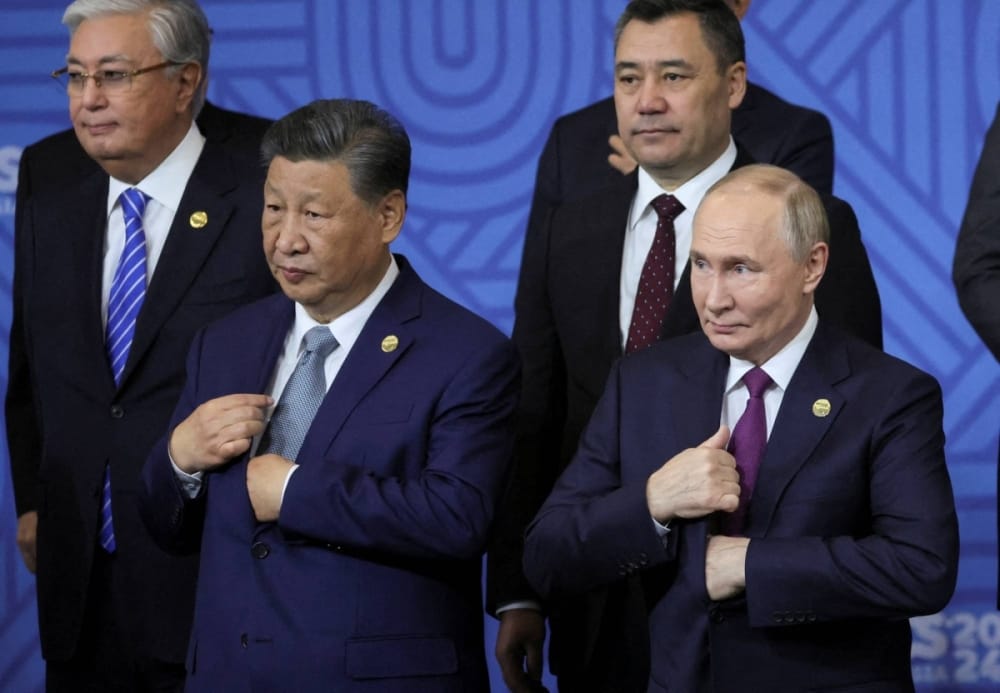
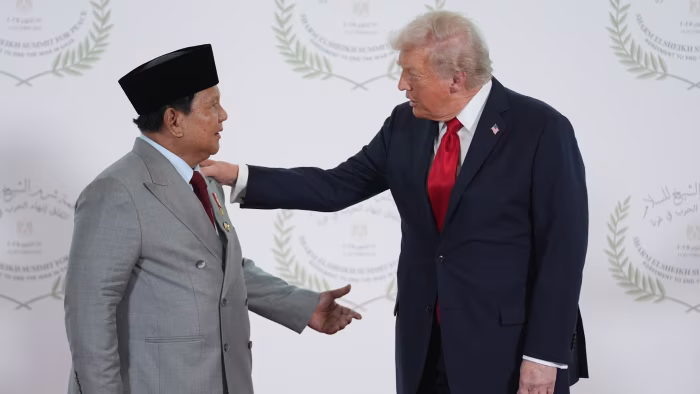

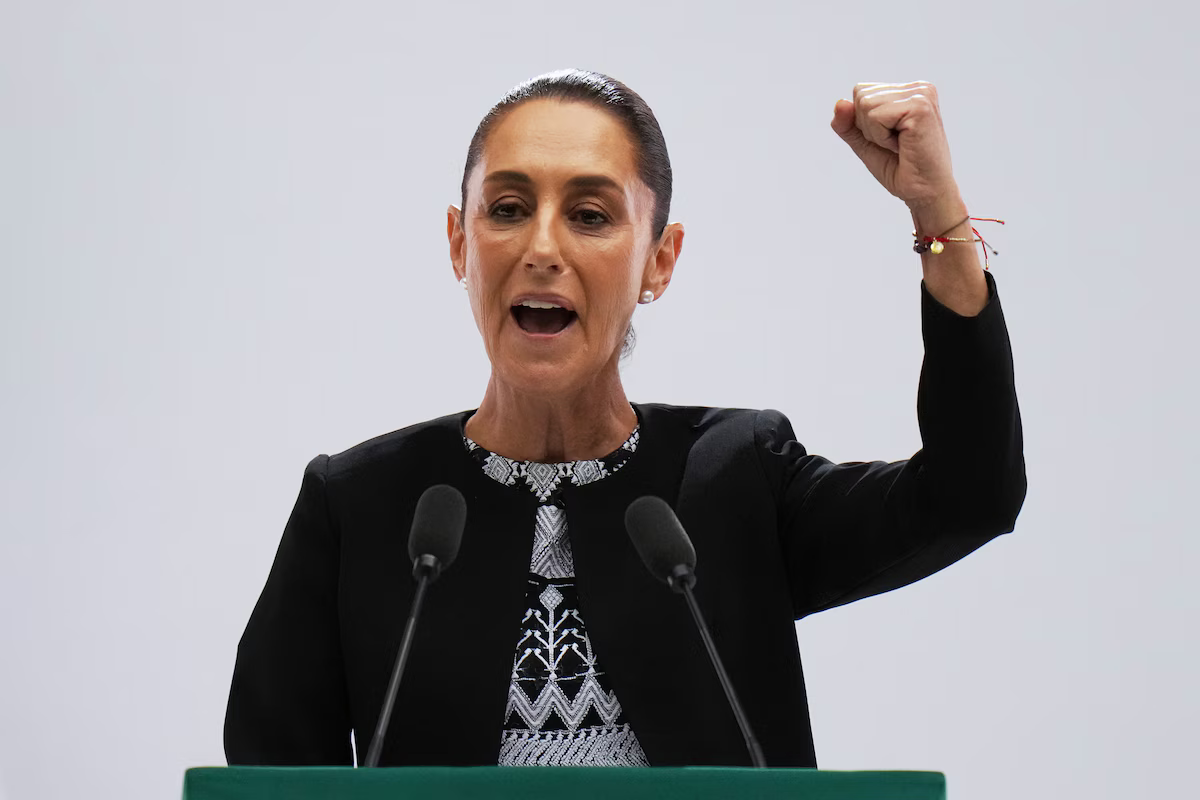
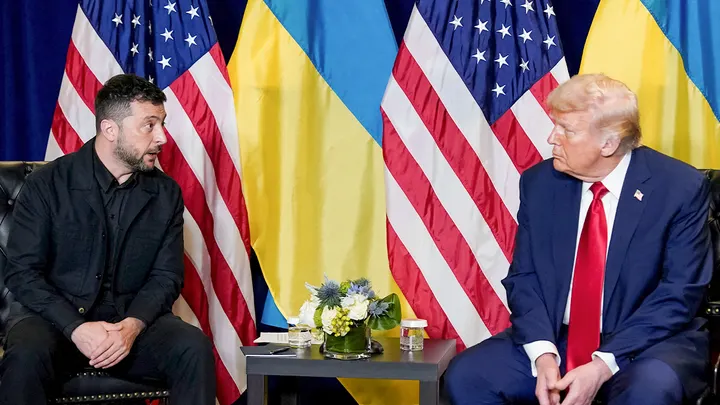

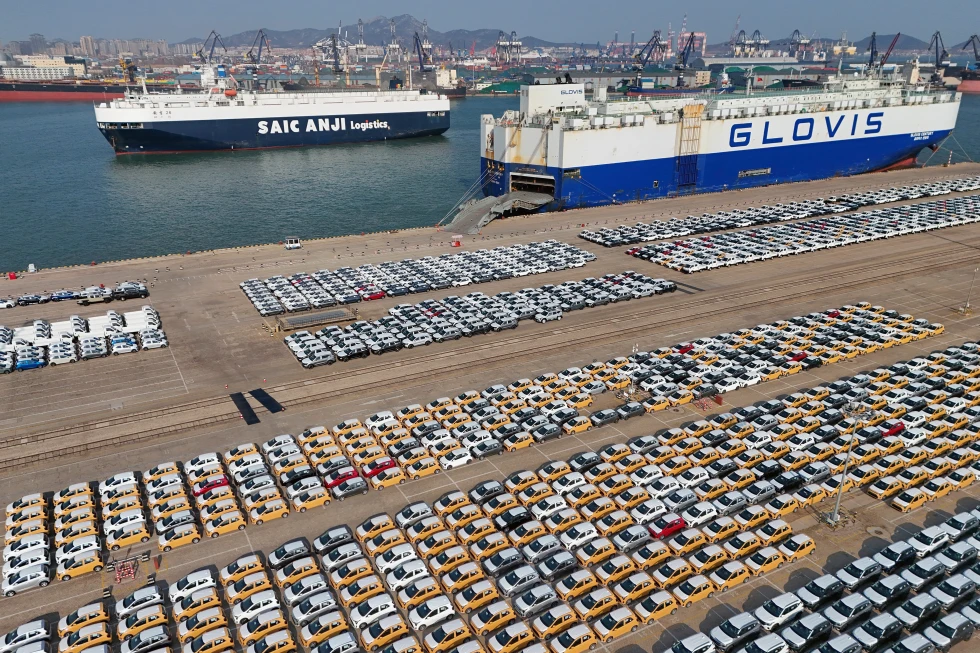

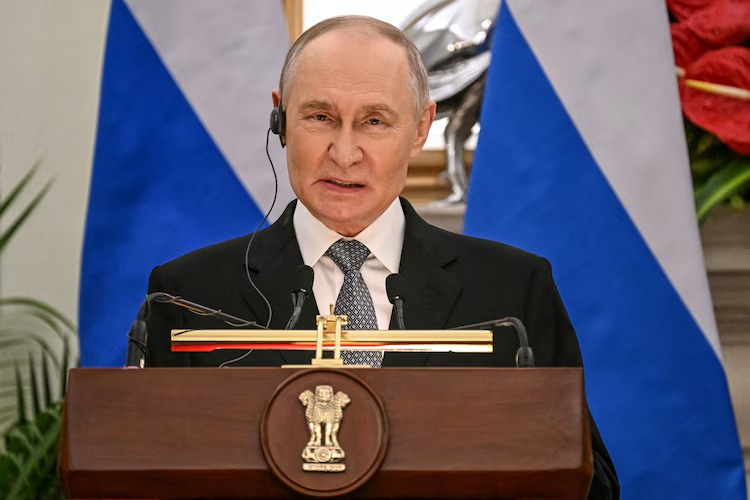
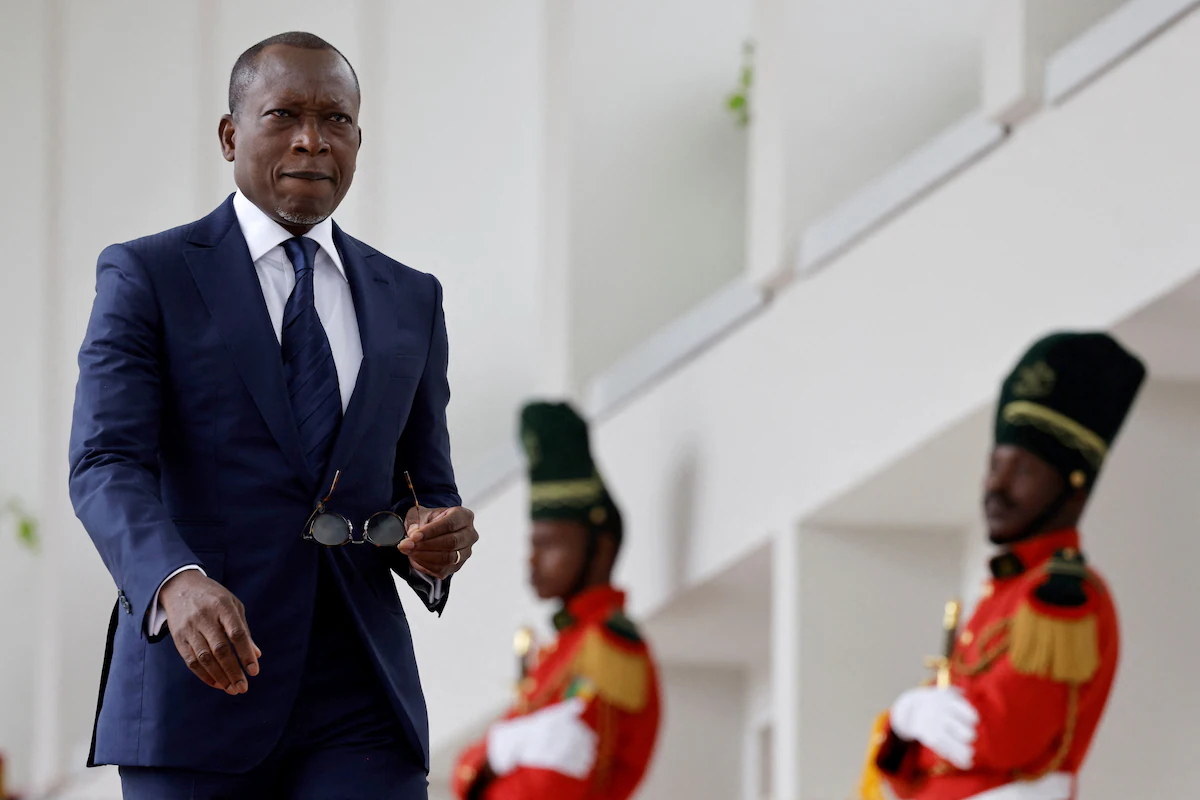


Discussion